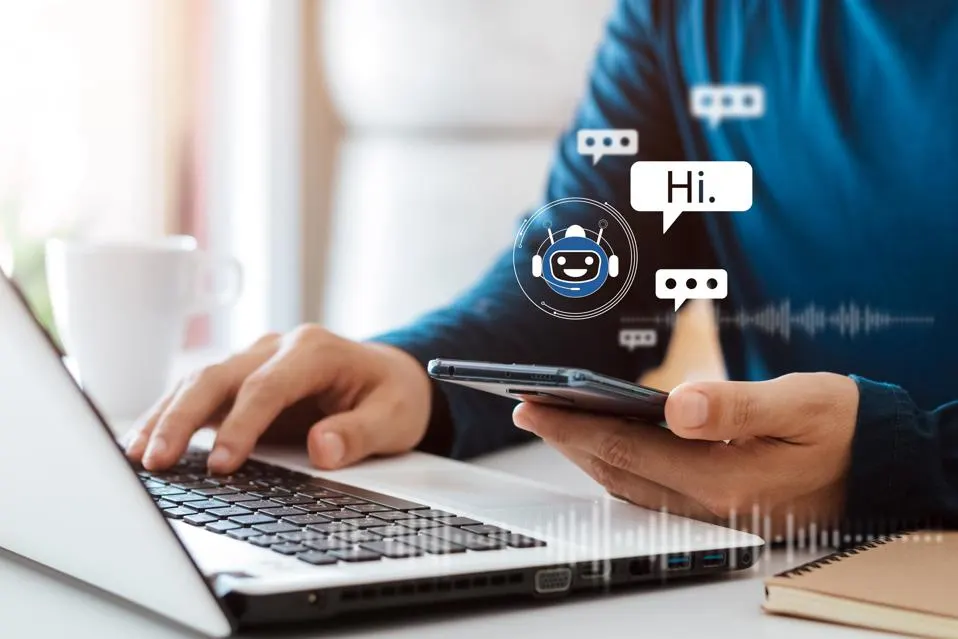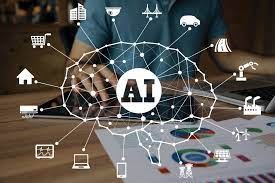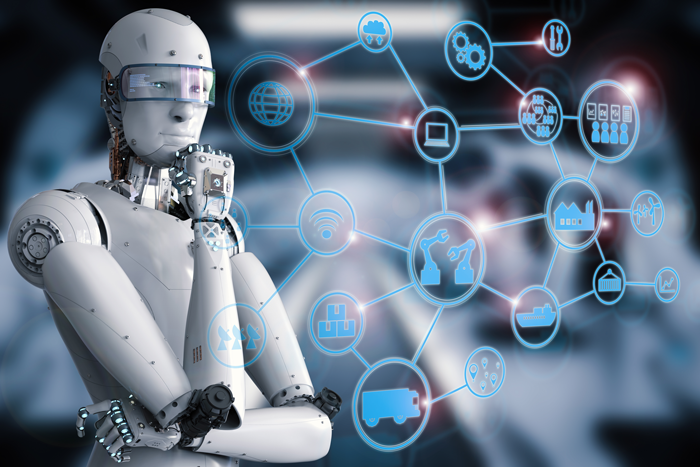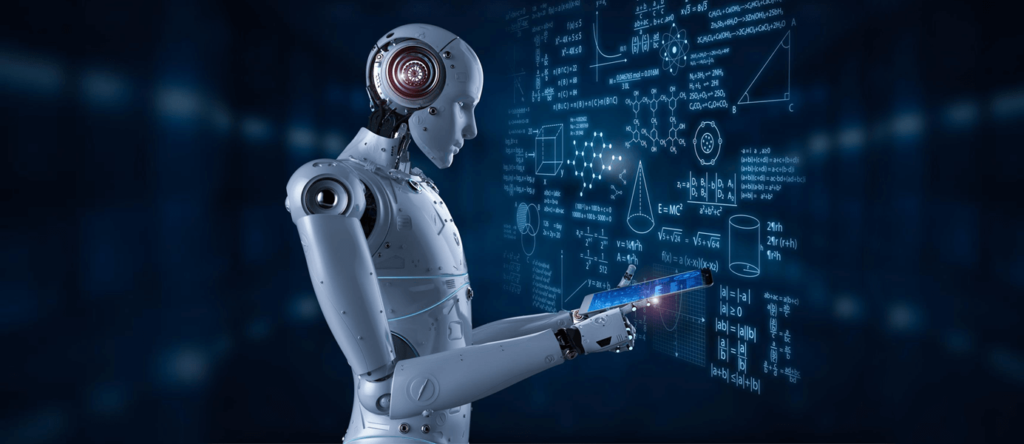The technology known as artificial intelligence (AI) has reached its prime. Two decades after Deep Blue stunned chess grandmaster Garry Kasparov, artificial intelligence (AI) is becoming more and more widespread in our daily lives as it trumps mankind at Go and poker. It has an impact on our online search routines, how we receive medical advice, and whether our banks would lend us money.
Universities are the birthplace of some of the most cutting-edge AI ideas and the businesses that support them, like DeepMind, Magic Pony, Aysadi, Wolfram Alpha, and Improbable. Universities will now be transformed by AI.
In our opinion, artificial intelligence (AI) represents a new scientific structure for teaching and research that universities must embrace and lead, or else they risk becoming obsolete and less relevant over time.
Universities have sowed the seeds of their disruption through their amazing findings. The way they react to this AI revolution will have a significant impact on education, science, innovation, and society at large.
Three scientists, two of whom met at University College London, established Deep Mind. One of the founders of Deep Mind, Demis Hassabis, holds a PhD in cognitive neuroscience from UCL after doing postdoctoral research at Harvard and MIT. Like many other scientists, Hassabis is certain that artificial intelligence (AI) and machine learning can enhance the process of scientific discovery.
Global Classroom for Students:
A high-fidelity, immersive environment can be created using mixed reality and computer vision to pique interest and comprehension. Technologically driven games and simulations improve learning and boost student engagement in more natural and adaptable ways.
They can also include students more in university research efforts by permitting them to co-develop knowledge. Through global classrooms and interactive initiatives like Galaxy Zoo, people from all around the world and outside of the school can now participate in scientific discovery.
AI has a chance to improve access to education while also raising academic standards. In the past, classroom size limited access to education. The last five years have seen the launch of Massive Open Online Courses (MOOCs), which have allowed tens of thousands of people to study a broad range of university courses.
AI Integration and Schiller International University:
Our goal at Schiller International University is to give our students a cutting-edge education that will equip them for the workforce of the twenty-first century. We acknowledge the influence of artificial intelligence (AI) on education and adjust to these advances in technology to provide a better setting for learning.
Our courses, which include Computer Science, MBA with Certificate in Data Science, and many others, are made to give our students the most recent and applicable information and abilities. We also use AI tools in our teaching approaches to facilitate pupil involvement, instant feedback, and personalization of learning.

At Schiller, we think AI has the potential to improve learning and better prepare students for the challenges of the future. We’re dedicated to remaining on the cutting edge of technology and giving our students the tools they need to succeed in a world that is always evolving.
Come along on this unique educational trip powered by AI and see how Schiller International University is pushing the boundaries of traditional learning to achieve extraordinary outcomes for its students. highlighting them to stand out.
Artificial Intelligence is Everywhere:
The age of “big data” has arrived, allowing us to gather enormous volumes of data that would be difficult for just a few people to analyze. Artificial intelligence has shown to be a useful tool in some industries, including technology, banking, marketing, and entertainment.
We’ve seen that large data and massive machines just allow artificial intelligence to learn by brute force, even when algorithms don’t get any better. Moore’s law may be showing signs of slowing down, but the rate of data growth hasn’t decreased at all. Scientific advancements in computer science, mathematics, or neuroscience can potentially break past Moore’s Law’s ceiling.
Shaping Education’s Future with AI:
As AI becomes increasingly integrated into schooling, particularly through automated grading systems, a new era of learning is developing. The obvious advantages include increased learning opportunities, efficiency, fairness, and customized feedback. However, successful execution of these systems requires careful consideration of the pedagogical, ethical, and technical elements.
The need for educators does not go away as artificial intelligence develops. Even while AI can provide fast evaluations and feedback, educators provide emotional support, context, and guidance that extends beyond what is possible with technology.

With AI as a collaborative partner, educators and students may build a revolutionary educational experience that qualifies pupils for success in a cutting-edge society. Therefore, the next time swift exam results and insightful insights are delivered, it’s worth keeping in mind that AI is supporting a more effective educational journey.
Ai Applications for Educational:
The process of teaching and learning is the focus of a second level. How much can artificial intelligence (AI) help or even control the teaching and learning process itself? Up until now, this field has mostly focused on AI assistants like chatbots, methods for modifying and adjusting instruction to the unique needs and characteristics of individuals or groups, as well as any educational software that incorporates AI methods that directly support the learning process. This edition’s main focus was on this.
Ai Uses for Strategic or Institutional Reasons: Learning Analytics
About technology, these applications of AI deal with big data, statistics, and machine learning; from a teaching standpoint, the majority of these deal with problems related to student selection, dropout rates, and group behavior tendencies, and analyze the data to predict and eventually reroute strategies for future learners.
Although there are a lot of research articles in this field, most of them have been done by computer scientists utilizing data from actual educational institutions; these studies have not yet been fully implemented within schools.

Once universities enhance their data acquisition and put treatments in place for the use of such data, it is expected that this field will become more important in higher education institutions over the next several decades. But this particular version does not center on this field of application.
A Roller Coaster of Achievements and Losses:
The years 1957–1974 saw the rise of AI. Computers grew quicker, cheaper, and more simple to use while also having the capacity to store more data. Algorithms for machine learning also advanced, and individuals became more adept at determining which algorithm to use for a given situation.
Early scenarios, such the General Problem Solver by Newell and Simon and the ELIZA by Joseph Weizenbaum, demonstrated promise in achieving the objectives of spoken language interpretation and problem-solving, respectively.
Government organizations like the Defense Advanced Research Projects Agency (DARPA) have been convinced to sponsor AI research at various universities by these achievements as well as the advocacy of famous experts, specifically the DSRPAI attendees. Large-scale data processing and a device that could translate and transcribe spoken language attracted the government’s interest. Expectations were even higher and optimism was high.
“From three to eight years we will have a machine with the general intelligence of an average human being,” said Marvin Minsky in a 1970 interview with Life Magazine. Even though there was early proof in favor of the theory, there was still much work to be done before natural language processing, abstract thought, and self-recognition could be realized.
Conclusion
The evolution of artificial intelligence (AI) has transformed academia, empowering universities to pioneer breakthroughs and redefine education. From DeepMind to Schiller International University, institutions are harnessing AI to enhance teaching methods, personalize learning experiences, and engage students globally.
Despite past optimism, the journey of AI has been marked by both achievements and setbacks. As AI continues to permeate society, its integration into education offers unprecedented opportunities for innovation. Embracing AI ensures universities remain relevant, fostering a dynamic learning environment that equips students for the challenges of the future.
FAQs:
Q: How is artificial intelligence (AI) revolutionizing education?
A: AI is revolutionizing education by enabling personalized learning experiences, enhancing student engagement through immersive technologies, and providing instant feedback for improved academic performance.
Q: What role do universities play in the development of AI?
A: Universities serve as hubs for AI research and innovation, fostering collaborations between academia and industry. They contribute to the advancement of AI through groundbreaking discoveries, training future AI professionals, and shaping ethical guidelines for its implementation.
Q: How does AI impact the future of work?
A: AI is reshaping the future of work by automating routine tasks, augmenting human capabilities, and creating new job opportunities in AI-related fields such as data science, machine learning, and robotics.
Q: What are the ethical considerations surrounding AI in education?
A: Ethical considerations include concerns about data privacy, algorithmic bias, and the ethical use of AI in grading and decision-making processes. Universities must navigate these challenges to ensure equitable access to education and uphold academic integrity.
Brian Smith is a gifted writer from New Mexico who can translate complex information into practical resources for his readers. With years of research and practical experience. He is a reliable source for actionable insights. Alongside his informative non-fiction works, Brian’s talent in storytelling is evident in his captivating novels that keep readers engrossed well into the night.


